Calico cats are some of the most beautiful cats in the world. Calico does not refer to a specific breed of cat, but instead to a coat color pattern, allowing for a wide range of different types of calico cats. Calicos are between 25% and 75% white with a mix of orange and black. These colors may be lighter or darker on some cats than others, but all three—white, black, and orange—must be present for the cat to be considered a calico.
Calico patterns are a random result of genetics; breeders cannot specifically aim for a litter of calicos. Some of the breeds with standards that allow for calico coloration include American Shorthair, Turkish Van, Maine Coon, and Japanese Bobtail.

The 6 Different Types of Calico Cats
1. Traditional
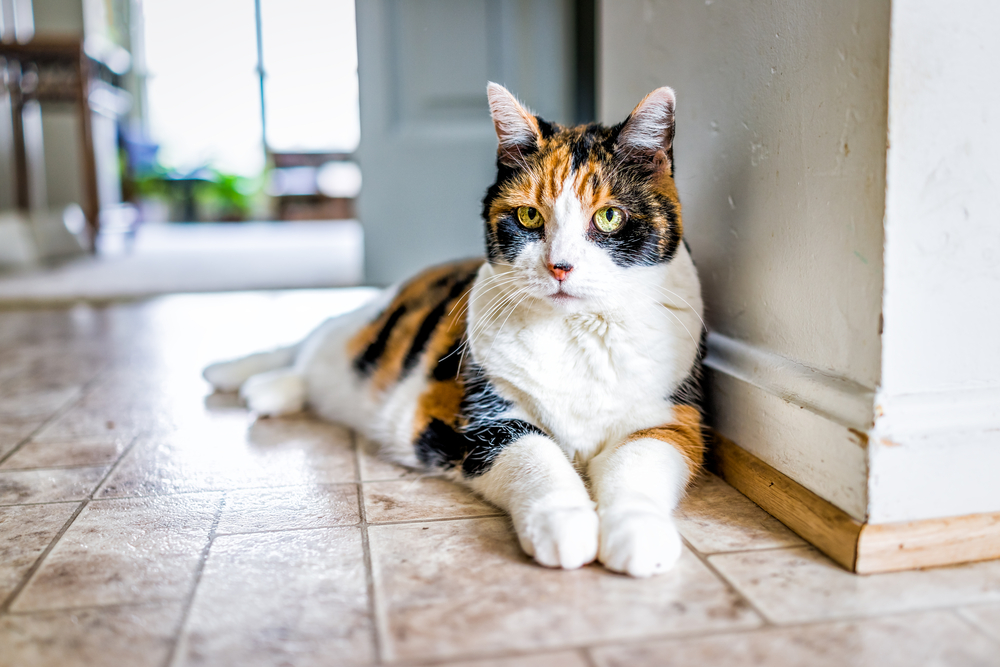
The traditional calico cat breeds are tri-color cats, with white, black, and orange patches. They are also called tortie-and-white cats, since they look similar to a tortoiseshell, except they also have white markings. They typically have white faces, chests, and legs. Calicos usually have black or orange foreheads, ears, and backs.
Their legs may be either white or colored. Their spots may be more of one color than the other, but they must have some combination of the three colors.
2. Dilute Calico
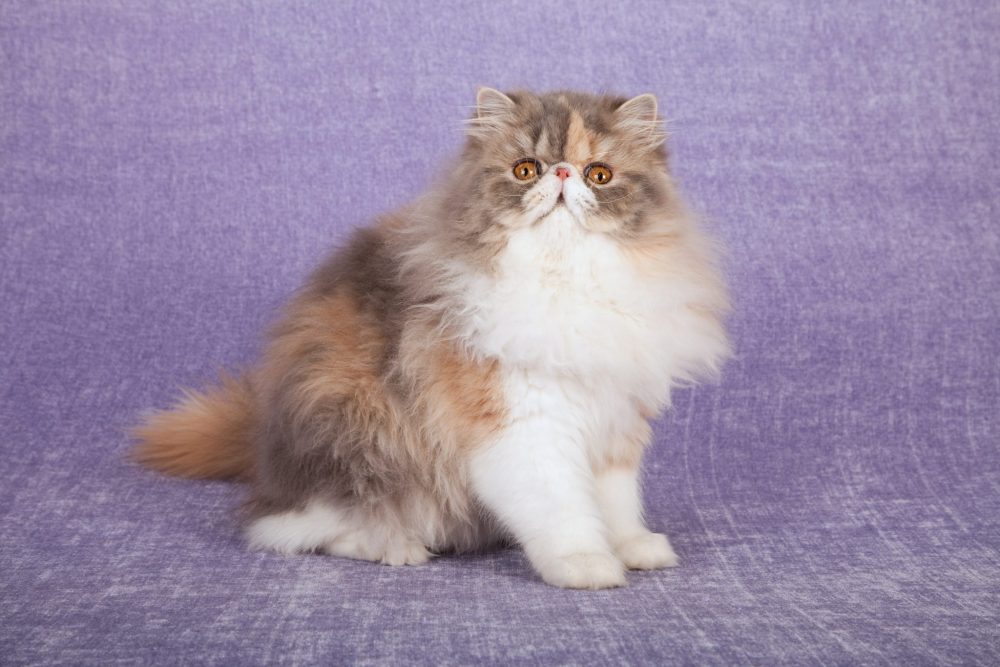
Dilute calicos are much like other types of calico cats but with diluted colors. Rather than the black patches of a regular calico, theirs can vary from smoke to blue. Instead of orange spots, they have tan or cream-colored ones. These faded colors are due to a recessive gene that causes an uneven distribution and clumping of the pigment granules in the hair shaft.
Both parents must possess the gene to produce a dilute calico kitten. Since it’s a recessive gene, however, one or both parents may not be dilute calicos themselves, but they do carry the gene.
3. Patched Tabby Calicos
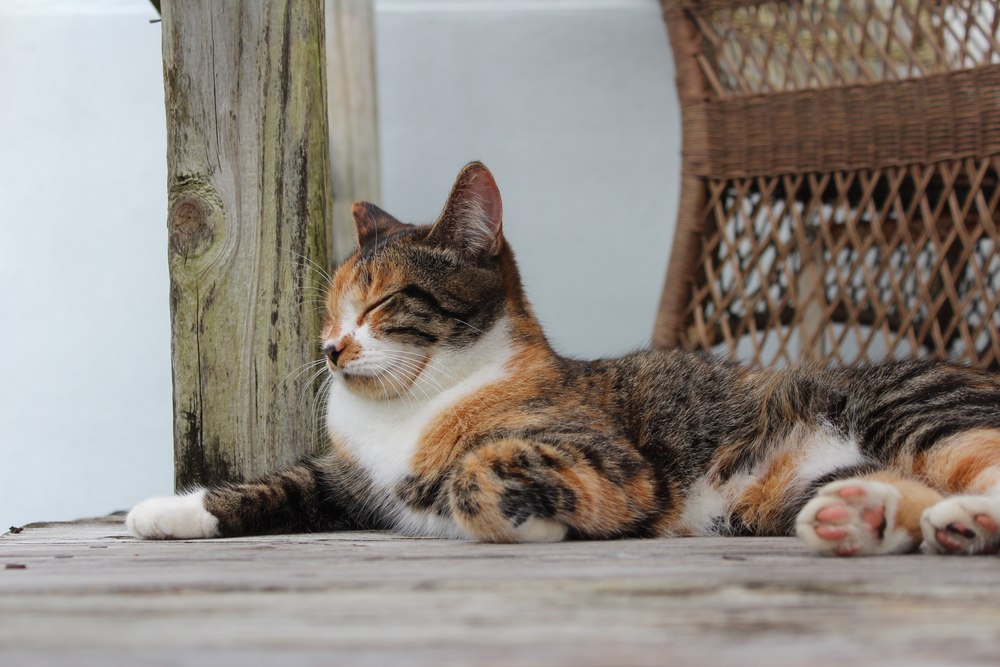
Calico cats may also display tabby characteristics. Usually, this presents as an M-shaped marking on their foreheads. A calico may also have stripes in brown and black patches on their backs, sides, legs, and tails. Patched tabbies often have white paws and can be either longhaired or shorthaired.
4. Male Calicos
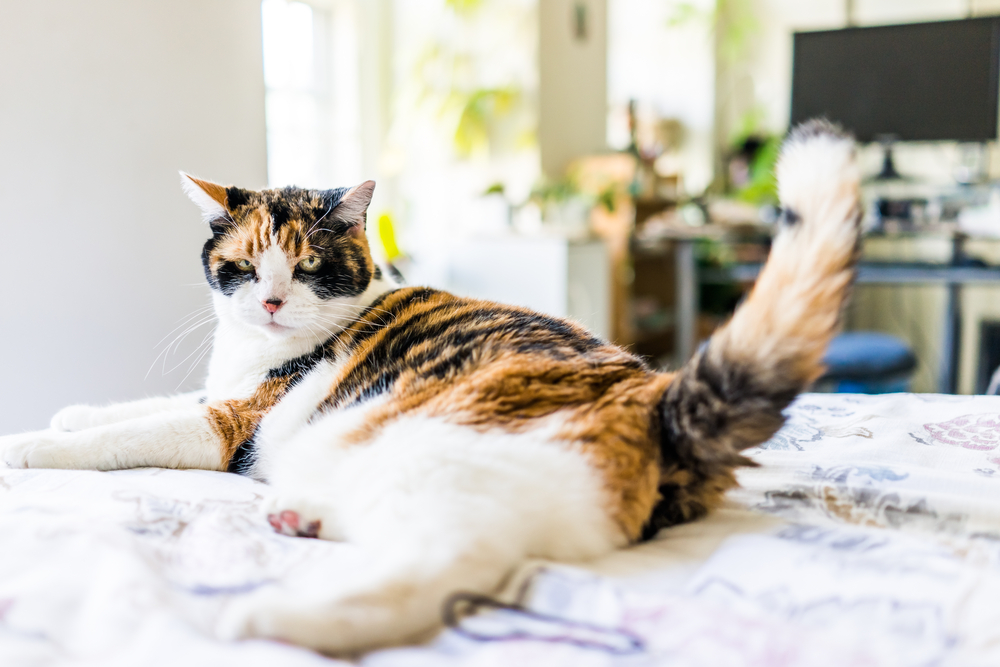
Male calicos are exceedingly rare types of calico cats. Sex and color are both determined by the X chromosome, so calicos are typically female. Normally, female cats have XX chromosomes while males have XY. All male calico cat breeds have an extra X chromosome, resulting in XXY chromosomes, a genetic rarity called Klinefelter syndrome1. This causes males to be sterile, and they may carry other genetic abnormalities that can shorten their lives.
Since female cats normally have two X chromosomes, one of those two chromosomes has to be inactivated in each cell to allow the expression of either black or orange color. This process is known as Lyonization and is randomly expressed as an unpredictable occurrence in each cell. As a result, females can have a variety of patched areas of either black or orange colors. The white patches of the calico are due to a different genetic condition known as piebalding, controlled by a different locus (S).
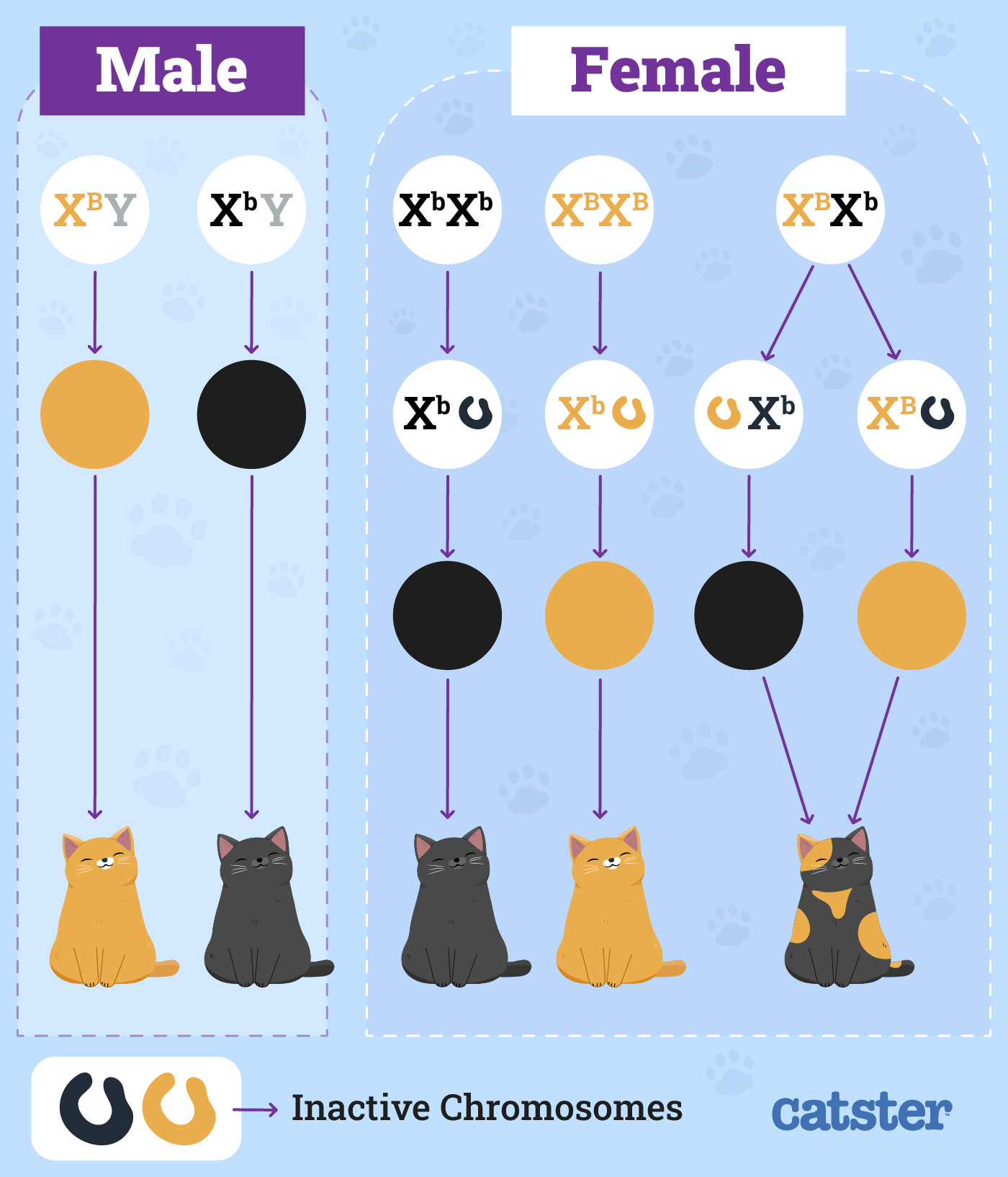
5. Shorthaired Calicos
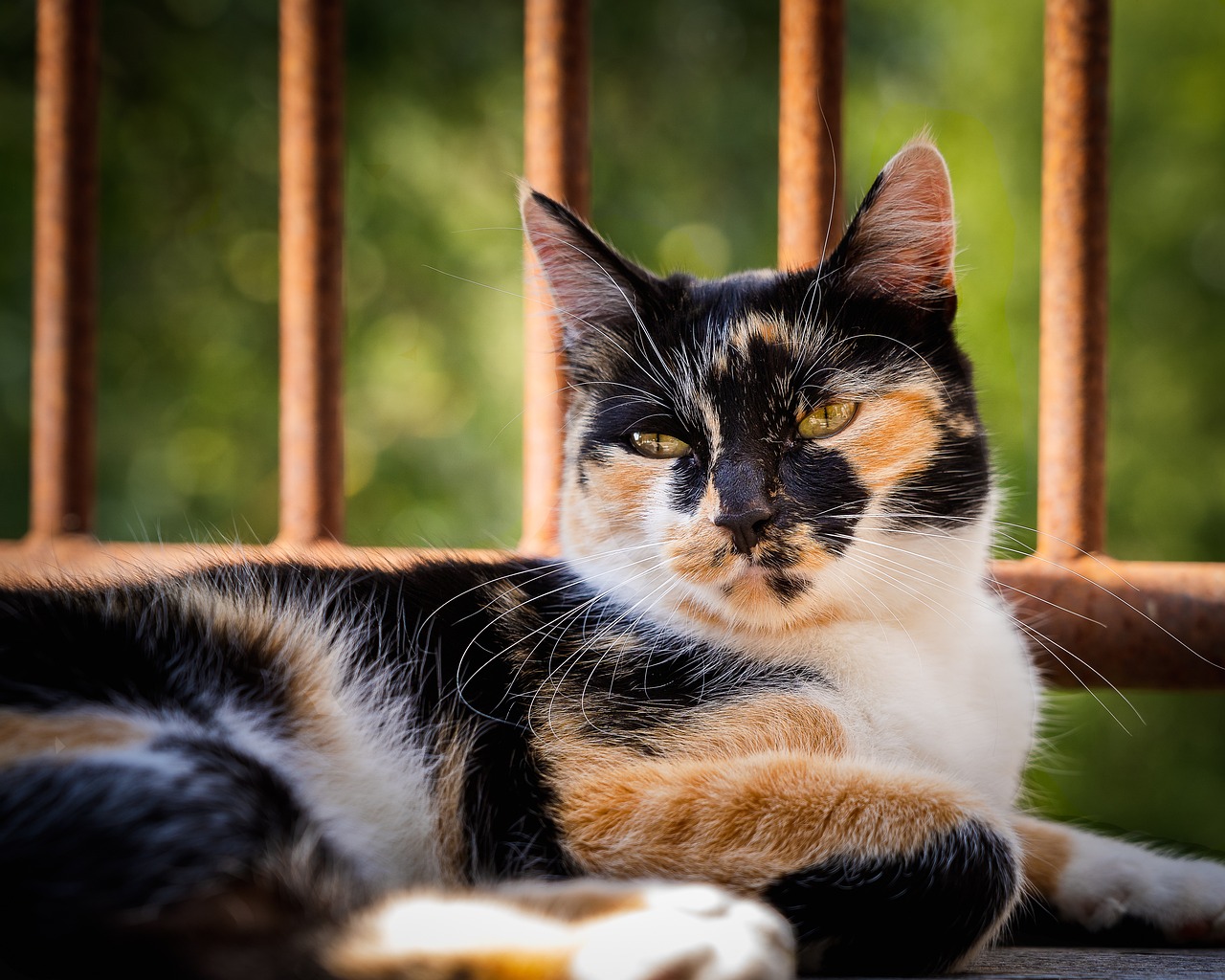
The most common type of calico and shorthaired cat is the Domestic Shorthair. Domestic Shorthair is the official name for the average house cat. These cats of mixed or unknown ancestry account for at least 90% of the cats in America. Despite their uncertain lineage, calico Domestic Shorthairs can be entered into cat shows with “Household Pet” divisions.
6. Longhaired Calicos
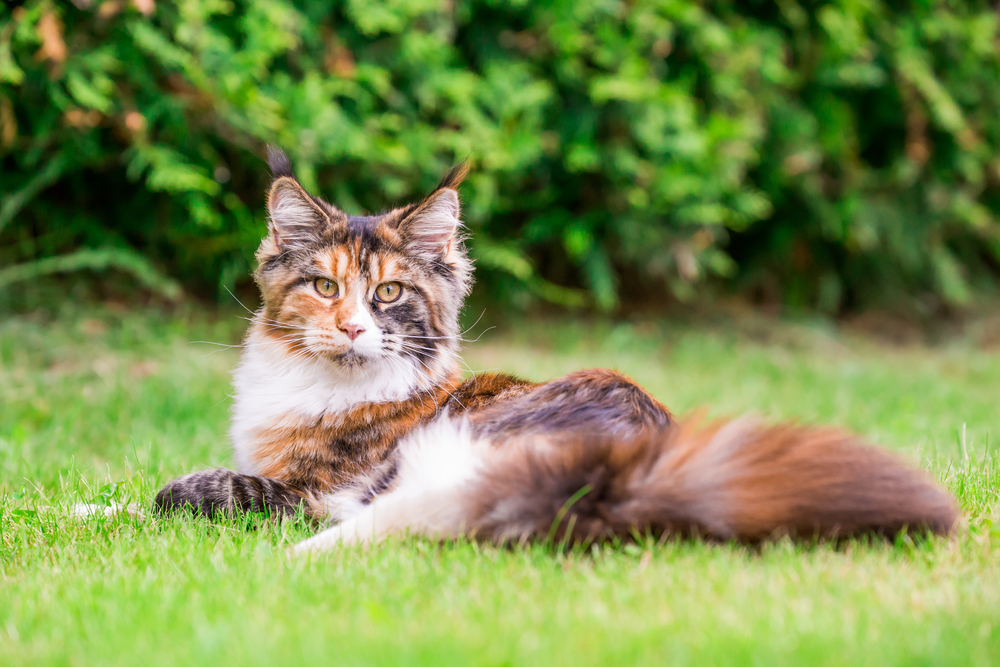
Most longhaired calicos you’ll see are Maine Coons, Persians, or Norwegian Forest cats. This is simply because these are the most popular longhaired cat breeds. They’re known for their fluffy coats, squirrel-like tails, and sweet personalities. Calicos have a reputation for having a gentle, loving temperament, but calico Maine Coons are even more affectionate and friendly than others.

Conclusion
Despite the diversity in their patterns and breeds, one thing all calico cats have in common is that they are mostly females. Calicos have a reputation for being sweet and friendly. Whether selecting a pedigreed show cat or making friends with a stray in an alley, you’ll usually find that calicos are among the most uniquely beautiful of cats.
Related Reads:
Featured Image Credit By: Jeandru Pretorius, Pexels

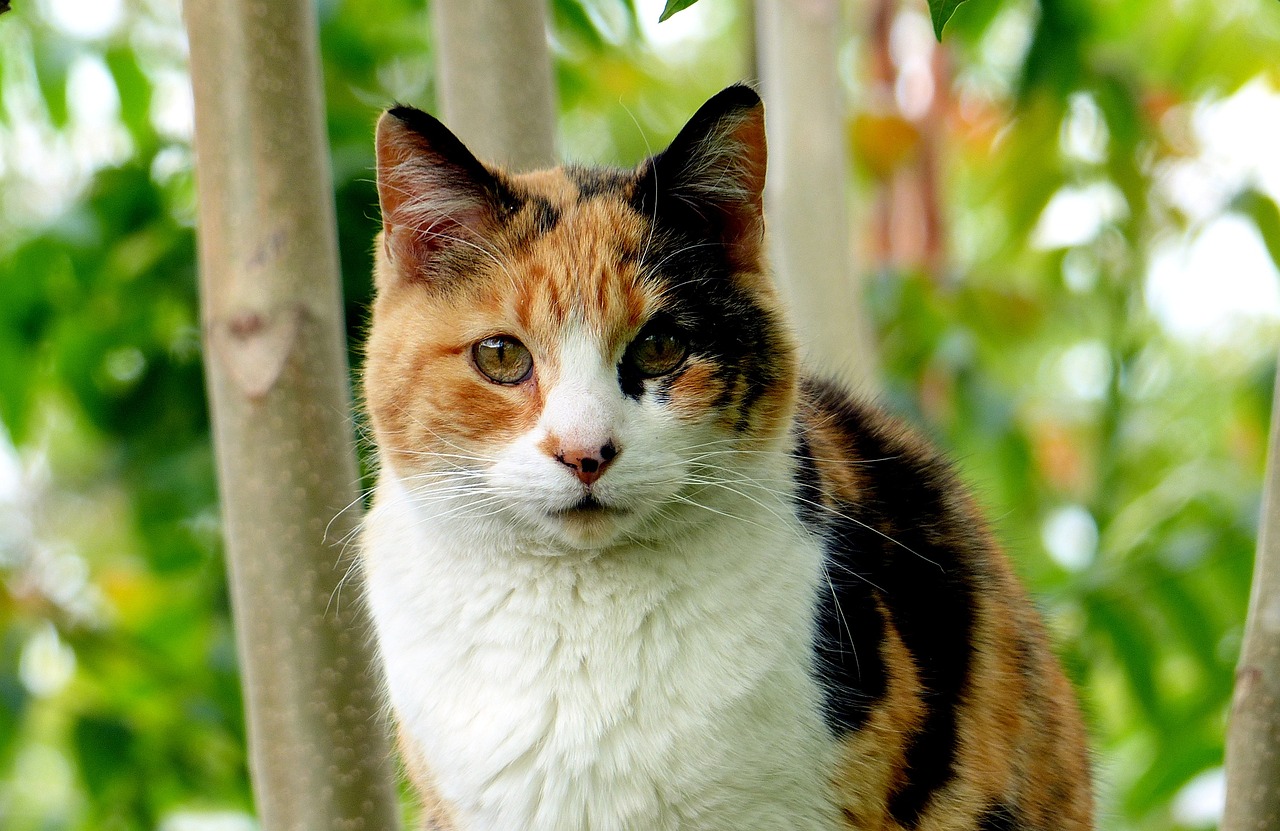
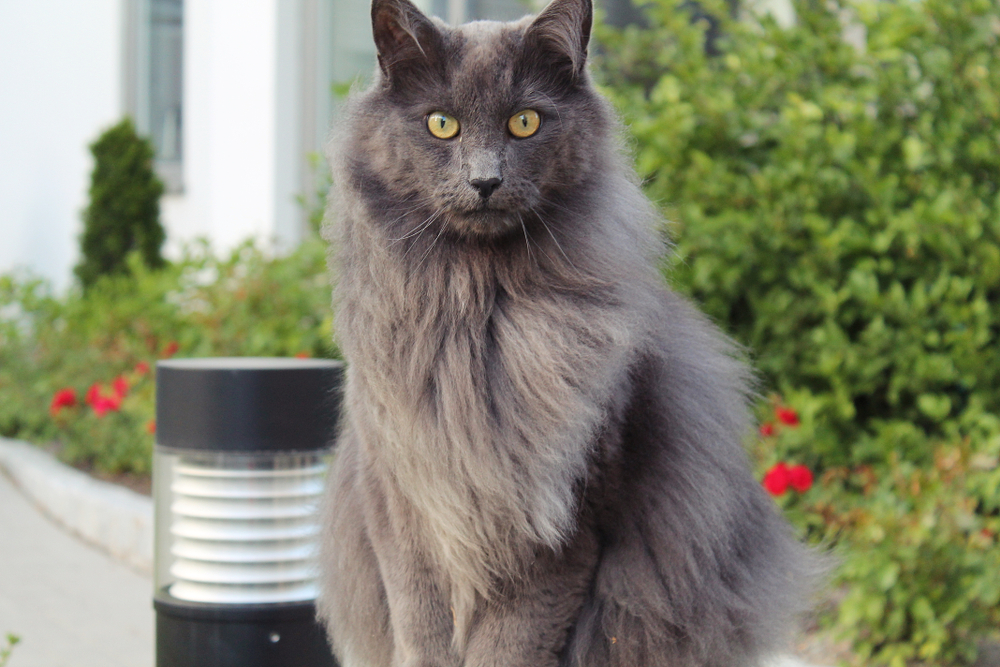
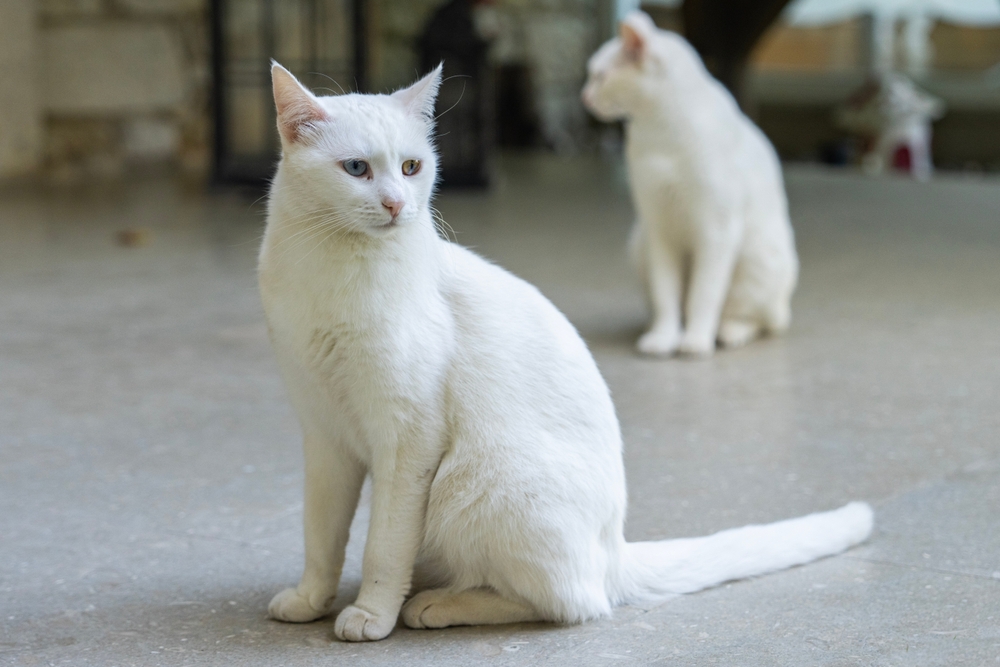
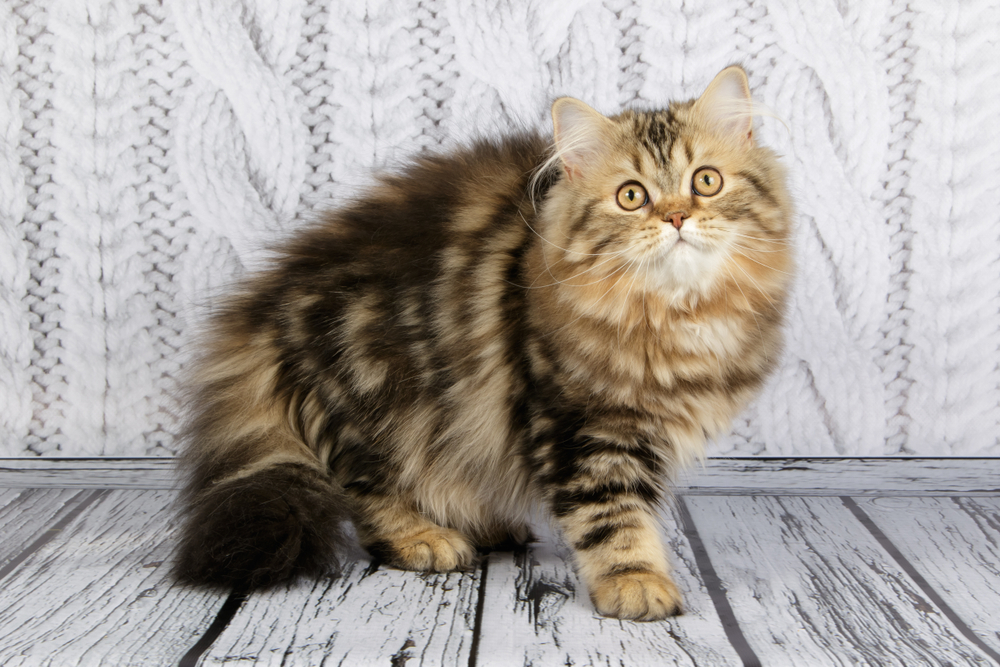




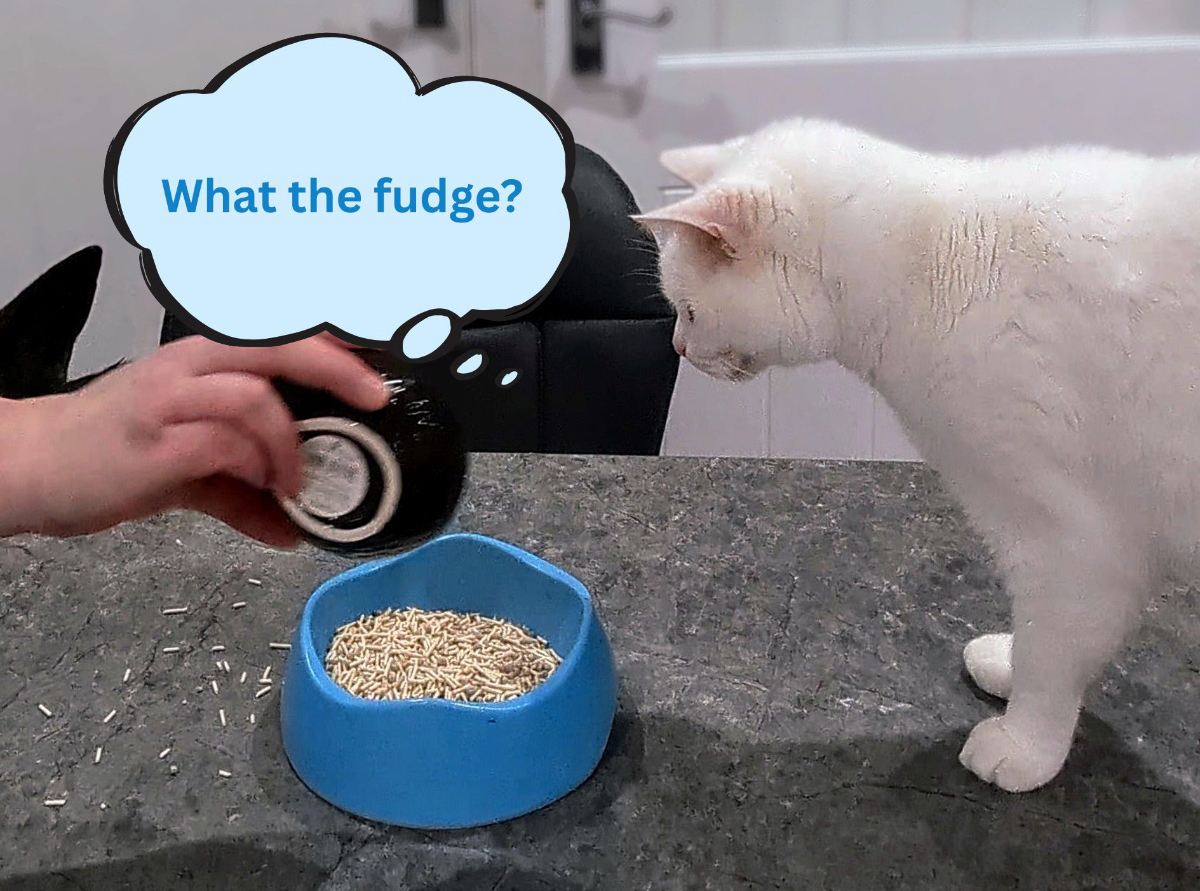
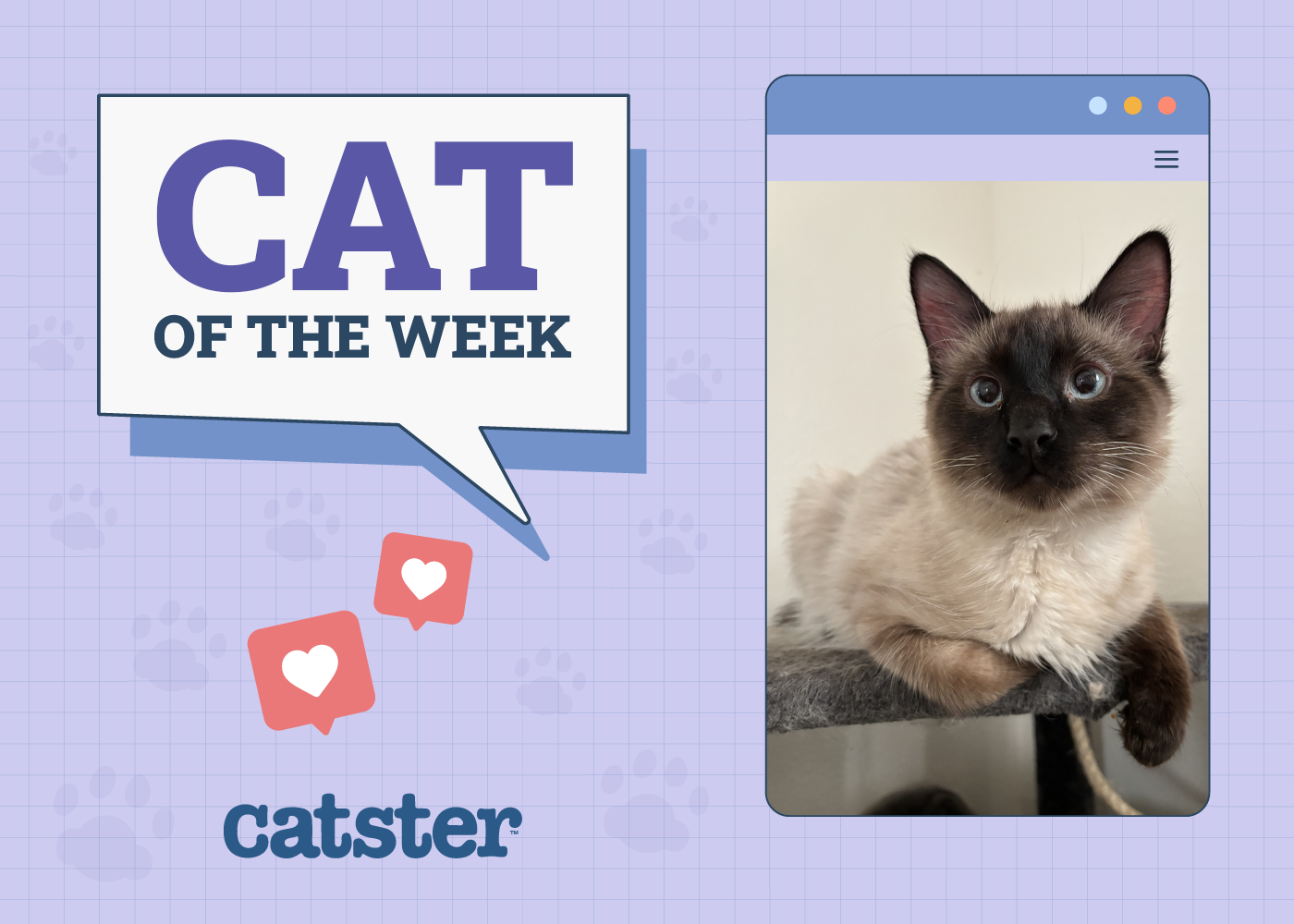
I have a diluted female with blue eyes. We rescued her from a shelter in Michigan. We just adore her!
Hi Bonnie! She sounds lovely :)